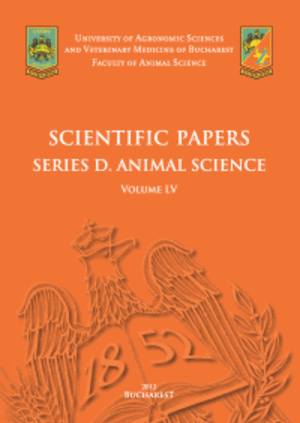Published in Scientific Papers. Series "Management, Economic Engineering in Agriculture and rural development", Vol. 24 ISSUE 4
Written by Marinel Nicolae HORABLAGA, Andreea Lidia JURJESCU, Ciprian BUZNA, Florin SALA
The study comparatively analyzed 16 wheat genotypes cultivated in the specific conditions of the Western Plain of Romania, within the ARDS Lovrin. The following genotypes were studied comparatively: Biharia (WG1), Dacic (WG2), Alex (WG3), Ciprian (WG4), Trublion (WG5), Tarroca (WG6), Barbara (WG7), Centurion (WG8), Ultim (WG9), Sphere (WG10), Extrem (WG11), Rubico (WG12), Sacramento (WG13), Vivendo (WG14), Amandus (WG15), and Garavusha (WG16). Compared to the mean values, the genotypes were highlighted: genotype WG9, STARCH = 71.10±0.33% (starch content), genotype WG16, PRO = 15.90±0.26% (protein content), genotype WG4, GLT = 37.80±0.82% (gluten content), genotype WG1, SKHRD = 54.00±0.93 (single kernel hardness), genotype WG6, TKW = 44.00±1.06 g (weight of 1,000 seeds), genotype WG15, HW = 76.00±0.62 kg hl-1 (hectoliter weight). A statistically safe correlation was recorded between STARCH and PRO (r = -0.780***), between STARCH and GLT (r = -0.794***), between PRO and GLT (r = 0.868***), between SKHRD and MST (r = 0.812***), between TKW and T (r = 0.807***), between SKHRD and TKW (r = 0.608*), between SKHRD and T (r = -0.538*), and between MST and T (r = -0.587*). Linear and polynomial equations described the variation of quality indices, and the Ranking scaling analysis facilitated the ranking of genotypes based on the recorded quality indices.
[Read full article] [Citation]

 Next Issue will be published according the the calendar.
Next Issue will be published according the the calendar.



